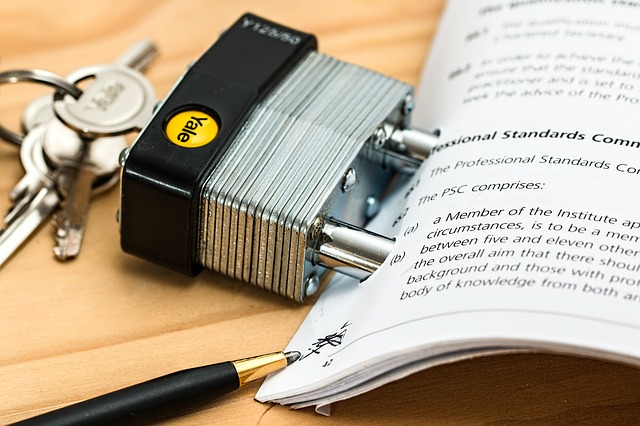Establishing and negotiating rates with your potential clients seems like one of the most complex or intimidating parts of freelancing. But, it does not have to be!
WEAR YOUR DETECTIVE LENSES
The first step is to do your homework.
Detectives and investigators compile evidences through careful observations and interviewing witnesses. Play the role of a “detective” by collecting as many salary information as you can. Research about the average rates for freelancers by joining online forums (e.g. Singapore Babysitter Connect) or by joining local groups (e.g. The Singapore Writers’ Group). One of the best ways to get useful information is by chatting up with hired freelancers in your area.
UPDATE YOUR PROFESSIONAL PROFILE
After researching the realistic going rates for the position that you are applying for, you must display a pleasant track record. It goes without saying that higher pay will be rewarded upon showing amazing performance at work. For instance, you shall make it a habit to collate positive reviews or references from different individuals whom you worked with. Glowing reviews from 10 parents in the local neighborhood are good additions to your tutor’s negotiating arsenal.
If you want to list the contact numbers of several references in your CV, you must ask for their permission. Boost your image by having your satisfied customers talk for you!
ASK FOR IT UPFRONT
There are many individuals who fail to initiate a pay raise during an interview and after employment. However, it is challenging to negotiate a raise if you do not ask for it. Weigh in on how much you should get paid before signing on a project with a new client.
Present a concrete figure based on your careful research and past experiences. If you act as though you are prepared to walk away from a deal unless you achieve your desired goal, your bargaining partner will be far more eager to satisfy your requirements. Most clients will agree to your desired rate or simply meet you halfway.
OFFER THE INTRODUCTORY RATE
Your potential client was impressed with your body of work, but he is hesitant to commit to your proposed higher rate at the onset. Do not give up just yet! You may offer an introductory rate for a limited amount of time.
Let us say that you clean flats every weekend. You can render your services at the friendly rate of S$17/hour during the first two weeks. If the client is happy with your performance and would like to utilize your services afterwards, he or she has to pay you S$24/hour for the succeeding weeks. Think of a rate and a time-frame, which works for your circumstance.

Image Credits: pixabay.com
Negotiating a salary is a conversation that aims to reach an agreement with someone whose interests are not perfectly aligned with yours. Use these four strategies to help you achieve your financial goal!



